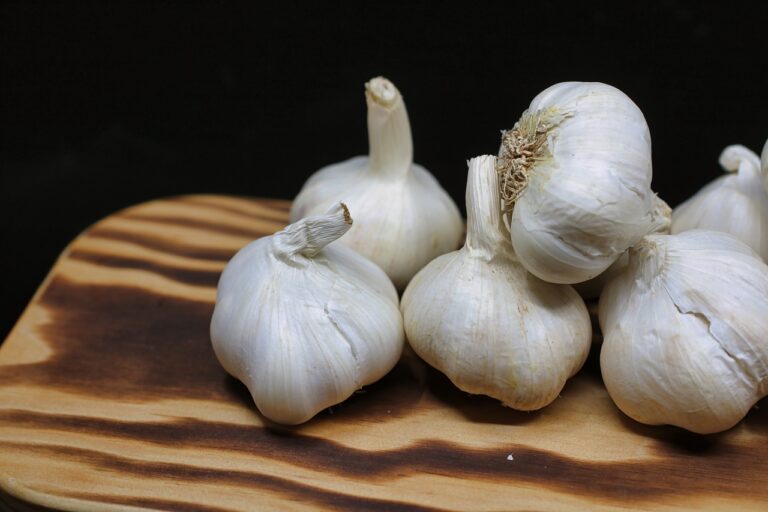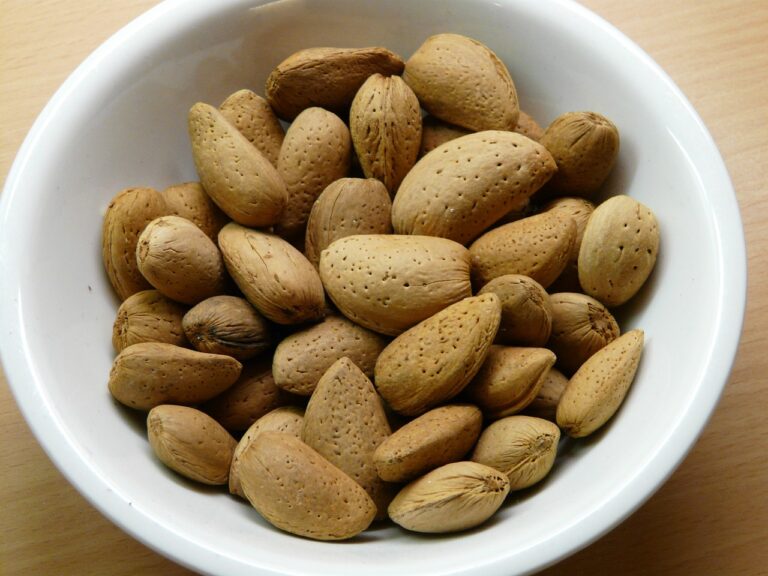The Role of Robotics in Food Packaging and Processing
In the competitive landscape of the food industry, incorporating robotics in food packaging and processing has brought about numerous advantages. One primary benefit is the increased speed and efficiency in production processes. Robots are capable of performing tasks at a much quicker pace than human workers, leading to a significant reduction in production time and increased output. This enhanced efficiency not only results in cost savings for food manufacturers but also allows for quicker delivery of products to consumers.
Another noteworthy benefit of utilizing robotics in food packaging and processing is the improved product quality and consistency achieved. Robots are programmed to perform tasks with precision and accuracy, ensuring that each product is packaged or processed in the exact same manner every time. This consistency helps in maintaining a high level of quality control throughout the production process, ultimately leading to a better end product for consumers. By reducing the likelihood of errors and variations in packaging and processing, robotics play a crucial role in satisfying consumer expectations for quality and reliability in the food industry.
Increased efficiency in production processes
Robotics play a pivotal role in improving the efficiency of production processes within the food packaging and processing industry. By integrating robotic systems into operations, companies can streamline various tasks such as sorting, packing, and palletizing, leading to significant time savings. Robots can work tirelessly around the clock without the need for breaks, resulting in continuous and efficient production lines.
Moreover, the precision and consistency offered by robotic technology contribute to reducing errors and minimizing waste in production processes. Unlike human workers, robots can perform repetitive tasks with utmost accuracy, ensuring that each product is handled and packaged seamlessly. This level of reliability not only enhances the speed of operations but also ensures that products meet the required quality standards consistently.
Improved product quality and consistency
Robotic systems play a crucial role in ensuring the quality and consistency of food products throughout the packaging and processing stages. By automating tasks that were previously performed manually, robots are able to handle delicate operations with precision and accuracy. This results in products that meet the highest standards of quality, free from human errors and variations.
Furthermore, the use of robotics in food packaging and processing leads to enhanced consistency in the final products. Robots can perform repetitive tasks with the same level of precision every time, ensuring that each product is uniform in size, shape, and weight. This consistency not only improves the overall quality of the products but also enhances the customer experience by delivering goods that meet their expectations consistently.
• Robotic systems automate tasks previously done manually
• Robots handle delicate operations with precision and accuracy
• Products meet highest standards of quality, free from human errors and variations
• Robotics in food packaging leads to enhanced consistency
• Robots perform repetitive tasks with same level of precision every time
• Ensures each product is uniform in size, shape, and weight
• Consistency improves overall quality of products and enhances customer experience
How can incorporating robotics in food packaging and processing benefit businesses?
By incorporating robotics in food packaging and processing, businesses can improve efficiency in production processes, reduce labor costs, and improve overall product quality and consistency.
In what ways can robotics help increase efficiency in production processes?
Robotics can help increase efficiency in production processes by automating repetitive tasks, reducing human error, and increasing production speed.
How does using robotics lead to improved product quality and consistency?
Robotics can ensure that products are handled consistently and accurately, leading to improved product quality and consistency. Robots can also help monitor and control critical parameters in the production process, resulting in higher quality products.
What are some potential challenges of incorporating robotics in food packaging and processing?
Some potential challenges of incorporating robotics in food packaging and processing include the initial investment cost, the need for specialized training for employees, and the potential for technical issues to arise.
Will incorporating robotics in food packaging and processing lead to job losses?
While robotics may automate certain tasks previously done by humans, they can also create new job opportunities in areas such as robot maintenance, programming, and supervision. Overall, the impact on employment will depend on how businesses choose to implement robotics in their operations.







